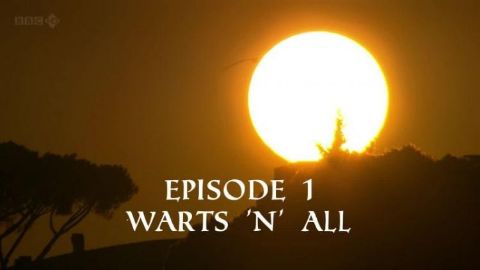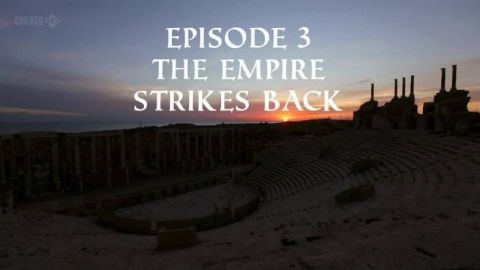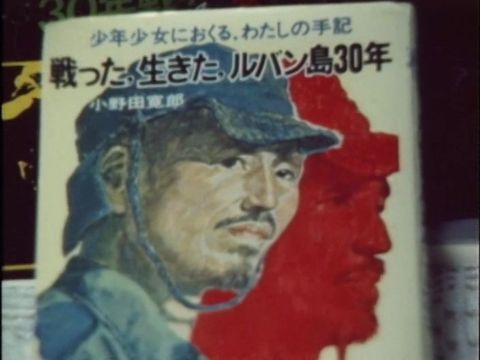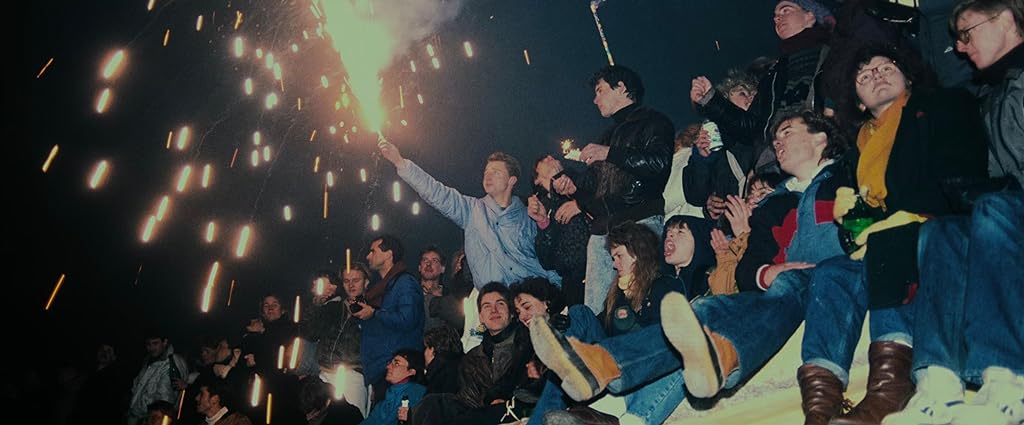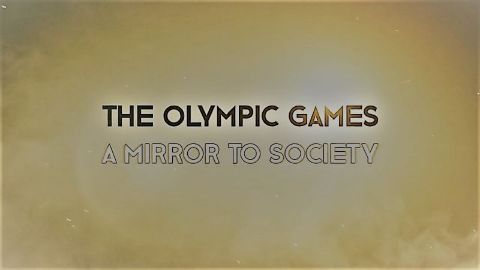The Empire Strikes Back • 2012 • episode "S1E3" • Treasures of Ancient Rome
Alastair Sooke charts the decline and fall of the Roman Empire through some of its hidden and most magical artistic treasures. He travels to Leptis Magna in Libya, shortly after the overthrow of Gaddafi, and finds one of the best preserved Roman cities in the world and the cradle of later Roman art. Sooke discovers glorious mosaics which have never been filmed before but also finds evidence of shocking neglect of Libya's Roman heritage by the Gaddafi regime. His artistic tour takes him to Egypt and the northern frontiers of the empire where he encounters stunning mummy paintings and exquisite silver and glassware. As Rome careered from one crisis to another, official art became more hard boiled and militaristic and an obscure cult called Christianity rose up to seize the mantle of Western art for centuries to come.
Make a donation
Buy a brother a hot coffee? Or a cold beer?
Hope you're finding these documentaries fascinating and eye-opening. It's just me, working hard behind the scenes to bring you this enriching content.
Running and maintaining a website like this takes time and resources. That's why I'm reaching out to you. If you appreciate what I do and would like to support my efforts, would you consider "buying me a coffee"?
Donation addresses
BTC: bc1q8ldskxh4x9qnddhcrgcun8rtvddeldm2a07r2v
ETH: 0x5CCAAA1afc5c5D814129d99277dDb5A979672116
With your donation through , you can show your appreciation and help me keep this project going. Every contribution, no matter how small, makes a significant impact. It goes directly towards covering server costs.
